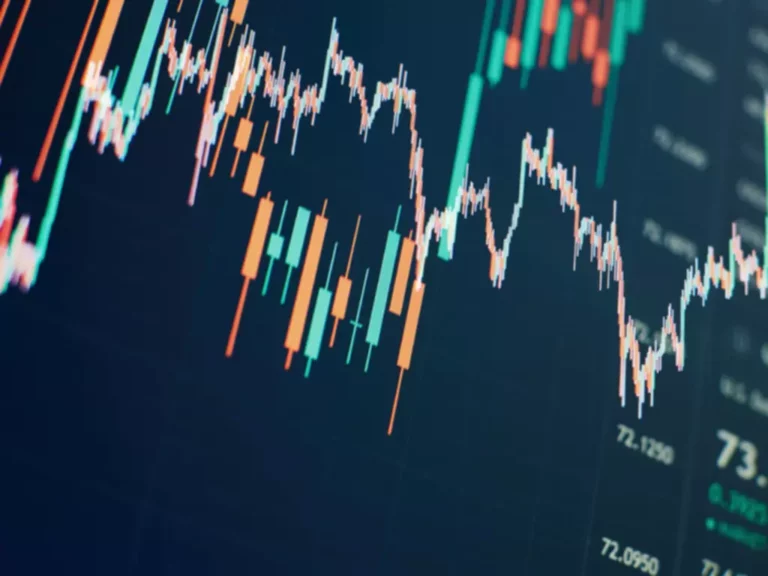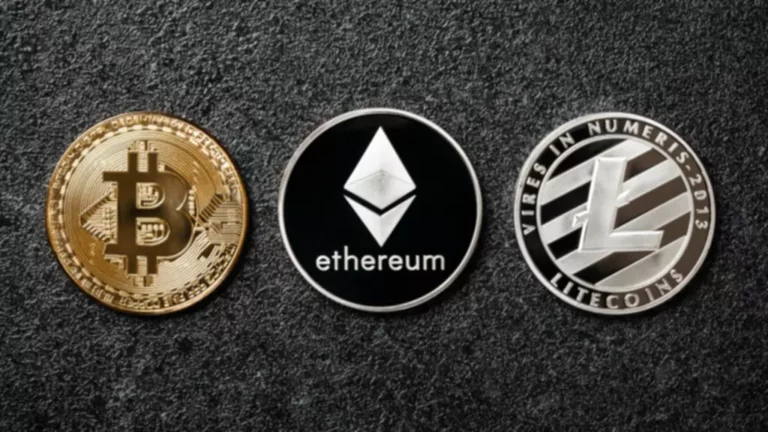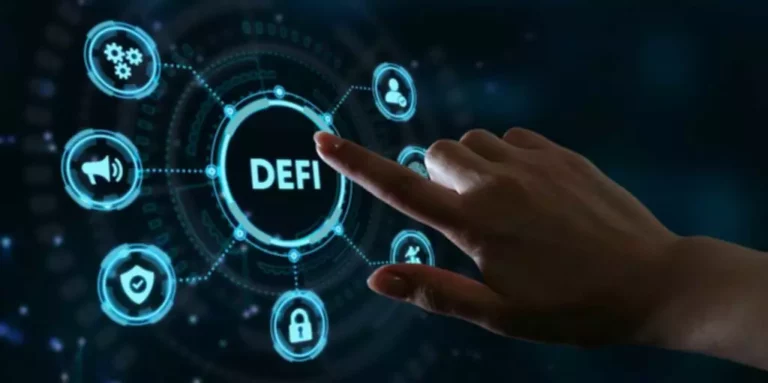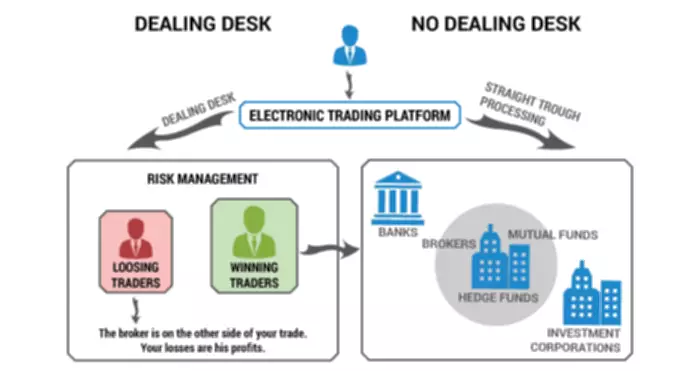With Chainlink Proof of Reserve, the DeFi ecosystem is well-positioned to scale and assist safe the next era of trust-minimized monetary products. Proof-of-Reserve has been a theoretical idea since 2014 when Zak Wilcox described it in his blog’s ‘Proving you Bitcoin Reserves’ article. However, it did not see mainstream adoption till 2018, when Bitfinex printed its Proof-of-Solvency proposal, displaying that some crypto custodians are taking the concept more seriously. Mass adoption started in 2022 after news about FTX misuse came to the limelight, inflicting many customers to lose trust in centralized exchanges. The remaining centralized exchange started adopting the proof of reserve concept to regain this trust.
- This disclosure is one part of this equation, however it doesn’t represent the anonymized balances of users on their platform.
- By using Merkle tree-based PoR, the auditor can aggregate all the users’ account balance knowledge into a Merkle root (the single hash at the top of the tree).
- Tokenized property that previously required an impractical stage of trust in the issuer are actually in a position to make the most of Proof of Reserve to offer the transparency required for consumer adoption.
- Following this model, Proof of Reserve reference feeds can be deployed to trace the collateralization and safe the minting of any stablecoin backed by off-chain fiat reserves.
- For instance, on Binance, you can choose the “Audit” menu and check in case your account participated within the development of the Merkle tree.
And as a result of these snapshots solely include person liabilities at a particular second in time, printed addresses can’t be used to verify solvency in real-time. Users are required to trust the auditor’s attestation concerning the belongings in query. Proof of reserves employs a secure data construction generally recognized as a Merkle tree (or hash tree), which aggregates the total of all customer balances with out exposing any non-public information. The Merkle root is the tamper-proof cryptographic fingerprint that auditors can entry to confirm the steadiness information. Using the Merkle tree hashing mechanism that underpins blockchain know-how keeps the data secure and protected from any tampering or hacks. Although proof of reserves offers assurance that a crypto company has the assets in place to cowl its liabilities, it is only a single snapshot in time, not a stay accounting of balances over time.
What Does Proof Of Reserve Verification Do?
They can then examine the entire asset that the exchange has saved via totally different wallet addresses on the blockchain. If the change has extra reserves than consumer deposits, it’s thought of to have handed the proof-of-reserve test. The course of starts with an auditor taking a snapshot of an exchange’s deposits and reserves at any time. For crypto asset PoR, this means an auditor verifies that the on-chain property held by the corporate are at least one hundred pc matching customer belongings as proven in their stability on the time of the audit. This may help reassure prospects that the corporate is sufficiently liquid and solvent, and that the funds are accessible to the shoppers ought to they select to withdraw.

However, on this knowledge structure, no single node stores the knowledge for any single pockets. Instead, the information is split across the whole tree, with every node inheriting a piece of information from its mother or father. While the whole purpose is to become extra clear, tradFi institutions will only share this important data with stakeholders and board members. While customers could have access to some information about an institution’s financial well being – corresponding to its general efficiency – the overwhelming majority of tradFi audit stories remain utterly confidential and unavailable to the basic public. Much like their crypto counterparts, financial institutions use a third-party auditor to verify their reserves.
Understanding Proof Of Reserves And Its Importance
Market liquidity is necessary in the crypto market as a end result of it means investors can make fast trades without destabilising a coin or token as there are plenty of consumers keen to purchase or trade the digital asset. This is an instance of high market liquidity as the crypto market has a lot of traders and high commerce volumes, which implies the market is stable. Conversely, low market liquidity means decrease trade volumes, fewer investors, and consequent instability in the market. In these conditions, there’s extra risk of market manipulation as a end result of a big purchase or dump of a low-liquidity crypto asset can result in a snowball impact and massively influence trade patterns going forward. Liquidity is actually how easy it’s for issues to be bought and offered without inflicting a drastic change in an asset’s worth, and it could possibly refer to each markets and assets. In the crypto world, to make certain that holders can get speedy trades, the market should be liquid, meaning excessive exercise and minimal unfold between the bid and ask costs.
Noncustodial crypto companies do not need to level out proof of reserves, as they don’t appear to be holding any customer funds. This helps prevent a liquidity disaster if there’s a “run on the bank” and clients withdraw funds en masse, and it provides transparency to users about the place their funds are. Proof of reserves makes use of blockchain technology, offering a safe method to audit a crypto company with out exposing any private user information. Chainlink PoR feeds can be used for a broad range of tokenized real-world belongings (RWAs), similar to real estate properties that generate verifiable cash flows. Chainlink PoR can be used to assist the tokenization of different forms of RWAs, similar to commodities like gold and silver. Paxos and CACHE Gold are utilizing Chainlink PoR to allow anyone to quickly verify on-chain that their tokenized gold products are fully backed by gold reserves held in off-chain custody.

For example, if you want a wise contract to execute an motion when a selected real-world occasion occurred, you would wish an oracle. Tokenized assets that beforehand required an impractical level of trust within the issuer are now capable of utilize Proof of Reserve to supply the transparency required for user adoption. Proof of Reserve historically refers to businesses that maintain cryptocurrency creating public attestations concerning their reserves to show their solvency to their depositors through an independent audit. As these audits are generally carried out by a centralized third get together, they are often lengthy, time-consuming, and require handbook processes. The cryptocurrency industry could immensely profit from custodians adopting proof-of reserves standards if they fully disclose the dangers of this type of self regulation to their customers.
Benefits Of Proof Of Reserves By Hacken
Instead, the centralized exchange retains management of the non-public keys on their platform, meaning they’ll revoke entry to your account at any time. Since all centralized exchanges can maintain their monetary sheets non-public, the shopper has no concept what’s occurring to their funds. While many exchanges are champions of transparency, others have ended up down a darker path of utilizing customer funds and not having the belongings to cowl them. Furthermore, the blockchain allows anyone to track the exchange’s wallet transactions — flagging any suspicious activity, similar to transfers of enormous volumes of data, with out waiting for another audit.

Now they can see the actual proof, returning to the essential principle of cryptography – “don’t trust, verify.” We present the very best stage of common and inner confidentiality of the change database. If you want to know more about Chainlink Proof of Reserve, visit the PoR product web page.
As defined by Vitalik in his weblog, PoR is extra of a fast fix than a long-term solution. Even though crypto audits are extra verifiable than their TradFi counterparts, they still rely upon third-parties. Letting a third party compute assets and liabilities leaves room for human error and bias. Put merely, an institution displaying Proof of Solvency, via the audit of its belongings in opposition to its liabilities, can assure customers entry to their property. A proof of reserves audit has two potential outcomes; an institution is pronounced solvent or it isn’t. To understand where your funds are being stored, let’s first explore how centralized exchanges work.
In different words, the trade and its prospects might quickly sell the property within the case of a disaster. Recall that the collapsed FTX exchange held a significant quantity of its reserves in FTT tokens — which had a poor liquidity profile. While the solution incorporates components of blockchain expertise, it still requires belief in third party auditors and the accounting practices valuing any off-chain belongings. BGD Labs built-in https://www.xcritical.com/ Chainlink PoR into Aave on Avalanche to assist ensure wrapped tokens in Aave markets on Avalanche are sufficiently collateralized. This answer includes a smart contract that acts as a registry for pairs of asset addresses and Proof of Reserve feed addresses. For every asset in the Avalanche deployment of Aave, the contract checks whether the Proof of Reserve feed worth is equal to or larger than the entire supply of the asset.

Users thus can rely on one thing apart from a custodian’s self-assessment, which may be simply skewed or falsified. If customers are technically skilled, they’ll independently confirm reserves by reconstructing the precise Merkle tree node hash offered by the change. Another option (currently unique to BitMEX) entails downloading their open-source proof-of-reserve software and operating the supplied instructions on their laptop. Cryptocurrency exchange BitMEX launched a proof-of-reserves-based system in August 2021.
The specifics of each proof-of-reserves program tend to differ, with many different approaches being adopted. In Crypto.com’s choice to reveal its wallet addresses, it revealed that 320,000 ETH was sent to Gate.io on Oct. 21, 2022. Crypto.com and Gate.io introduced that the transaction was a mistake, and the funds had been later returned. Many speculated that these funds had been used to prime up Gate.io’s books, nevertheless, the exchange debunked the notion by asserting their latest snapshot was completed on Oct. 19, 2022, two days previous to the mistaken switch. They provide a single hash for a large set of knowledge, making certain that not considered one of the included data has been tampered with. In the meantime, traders’ finest course of action is to examine the PoR balance of any platform they’re coping with and retailer their crypto in non-custodial wallets.
As for cryptocurrencies, this would include the more popular coins, similar to Bitcoin and Ethereum, and stablecoins, like Tether, USDC, or BUSD. Following this model, Proof of Reserve reference feeds could be deployed to trace the collateralization and secure the minting of any stablecoin backed by off-chain fiat reserves. Through this data, the financial activity of stablecoins can accelerate inside DeFi not only from retail customers but additionally from conventional establishments which might be seeking to securely generate yield within the decentralized finance ecosystem. Proof of Reserves (PoR) verifies digital asset collateralization held by crypto companies, serving to bring larger transparency to depositors via public attestations and unbiased audits. Proof of reserve may be printed as a report at common intervals or a dashboard that provides continuous stay information.
Thus, users can easily confirm from their accounts that Kraken included their pockets balances in the most recent PoR audit. Users can also obtain their audit document ID to validate it towards a database maintained by Kraken’s auditor — the exchange additionally uses Armanino. Lastly, users can access technical details from Kraken’s proof-of-reserves page wanted to reconstruct a Merkle tree to confirm their balances.

Furthermore, liquidity can even check with the ease with which a crypto asset may be exchanged for different tokens or transformed into fiat currencies. An audit is a detailed analysis and the method of verifying claims made by the company what is proof of reserves. While audits and attestations range in detail, both are extraordinarily valuable as they help encourage transparency in crypto companies, making it difficult for them to interact in unlawful financial practices.
PoR proves the solvency and liquidity of a centralized custodian and assures traders that the custodian can fulfill their withdrawal requests when the necessity arises. The abrupt chapter and its ripple results in the trade demonstrated the need for crypto audits. Centralized custodians responded to investors’ issues by publishing “proof of reserves” in an effort to regain the public’s dwindling trust.




Bir yanıt yazın